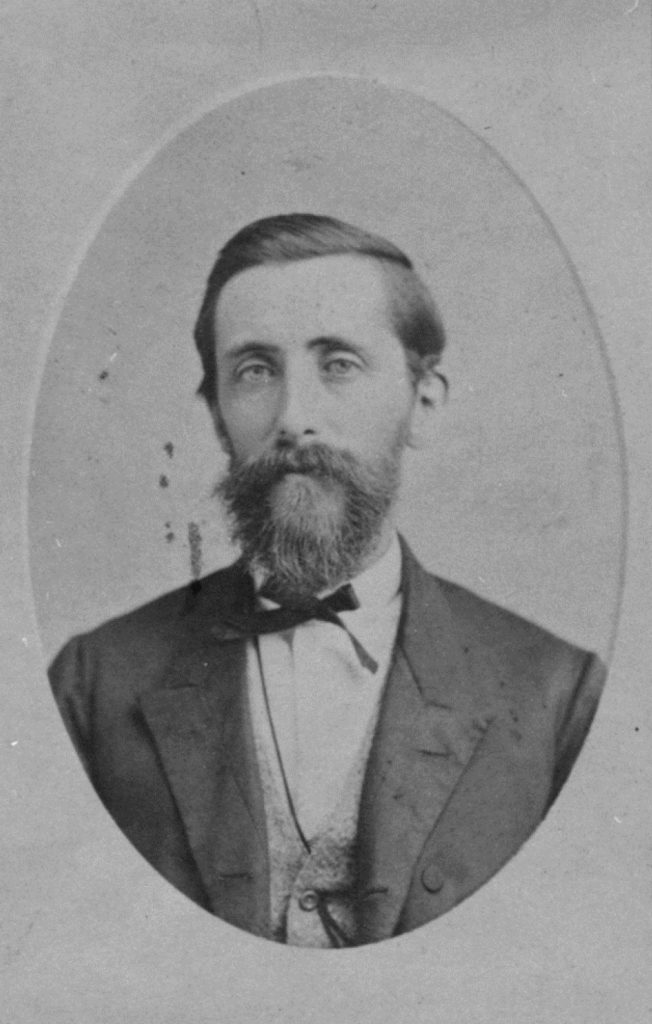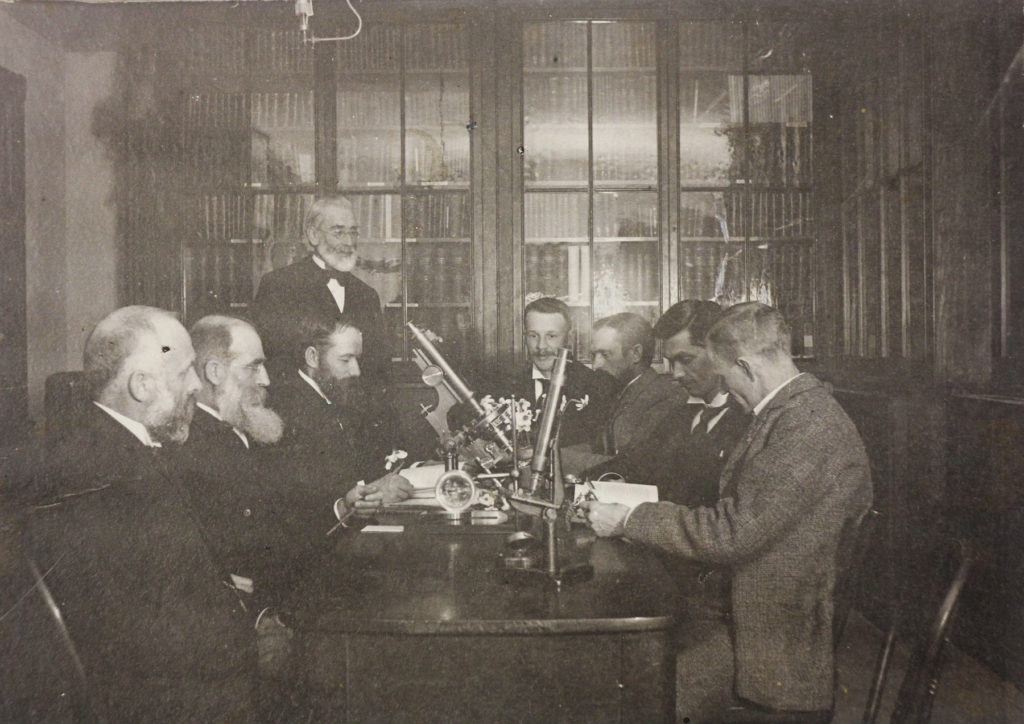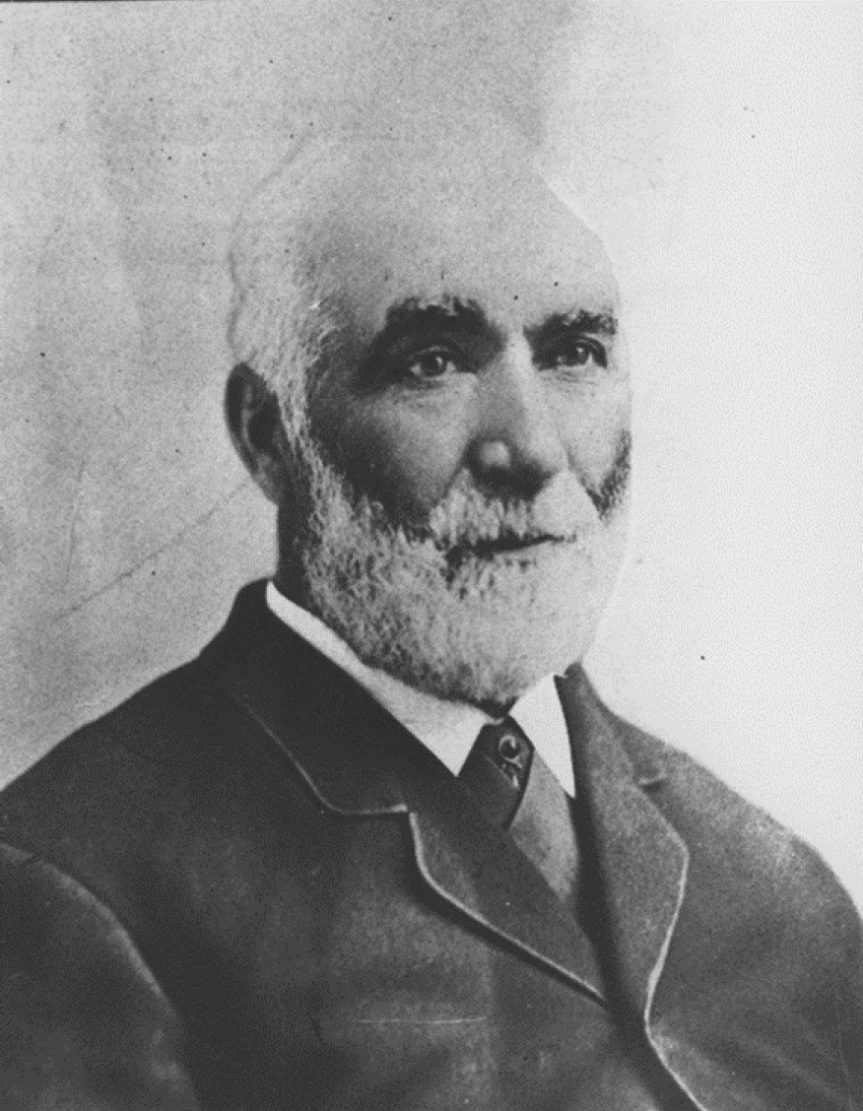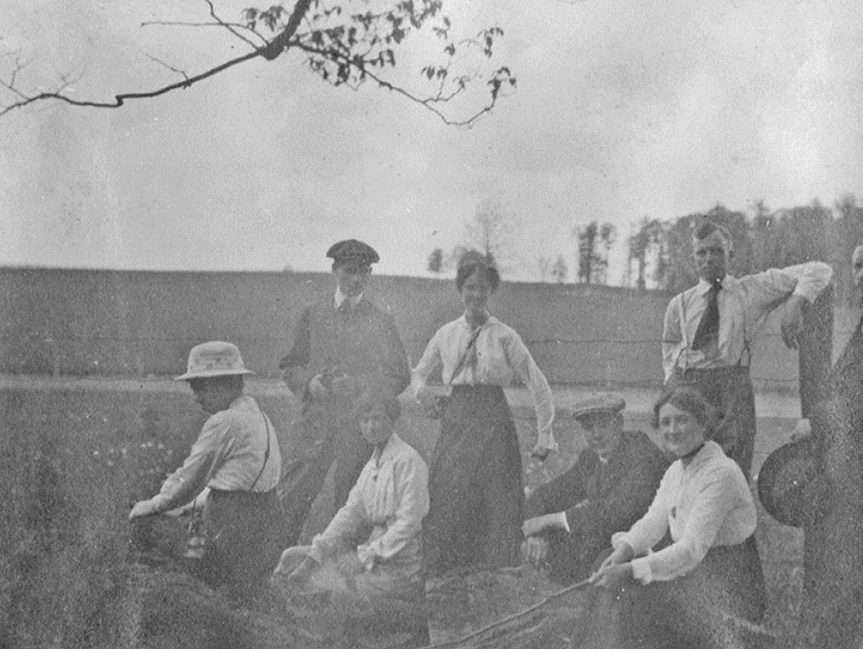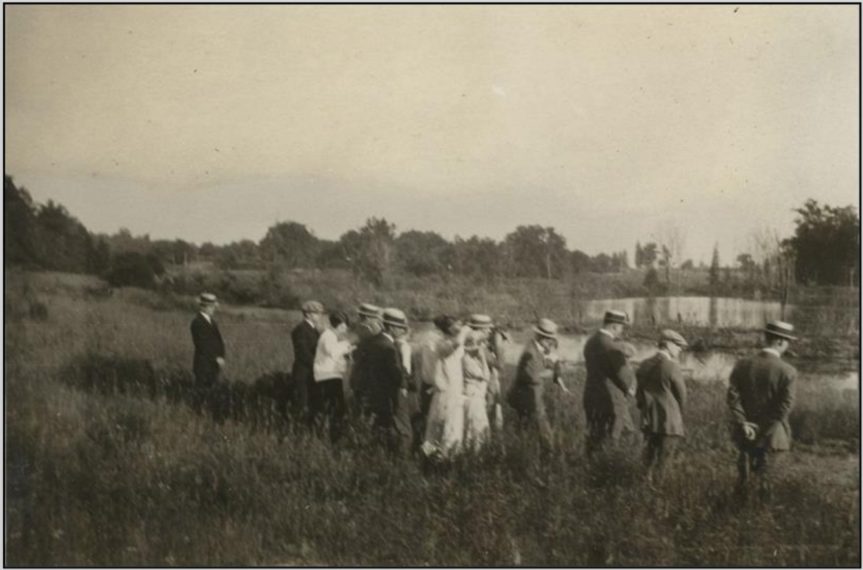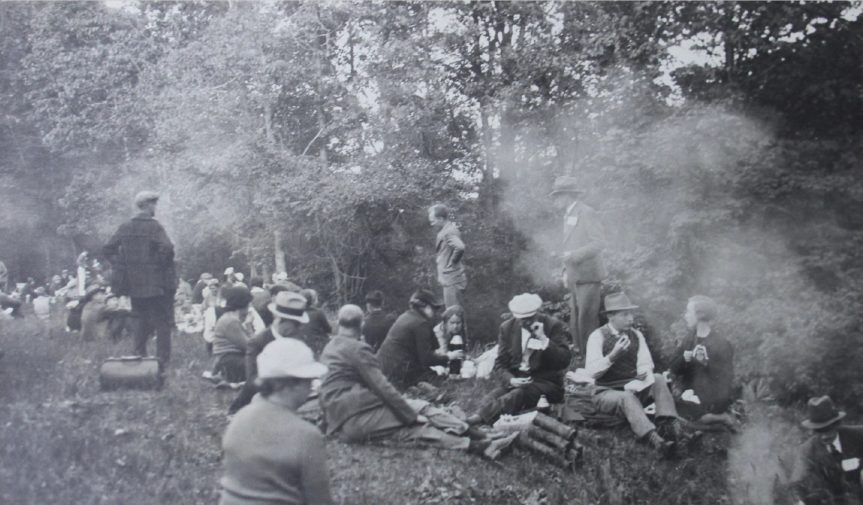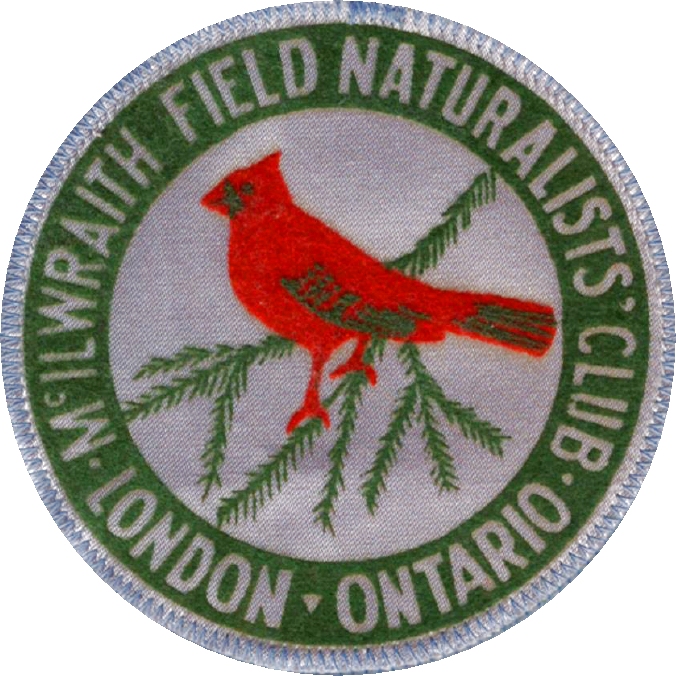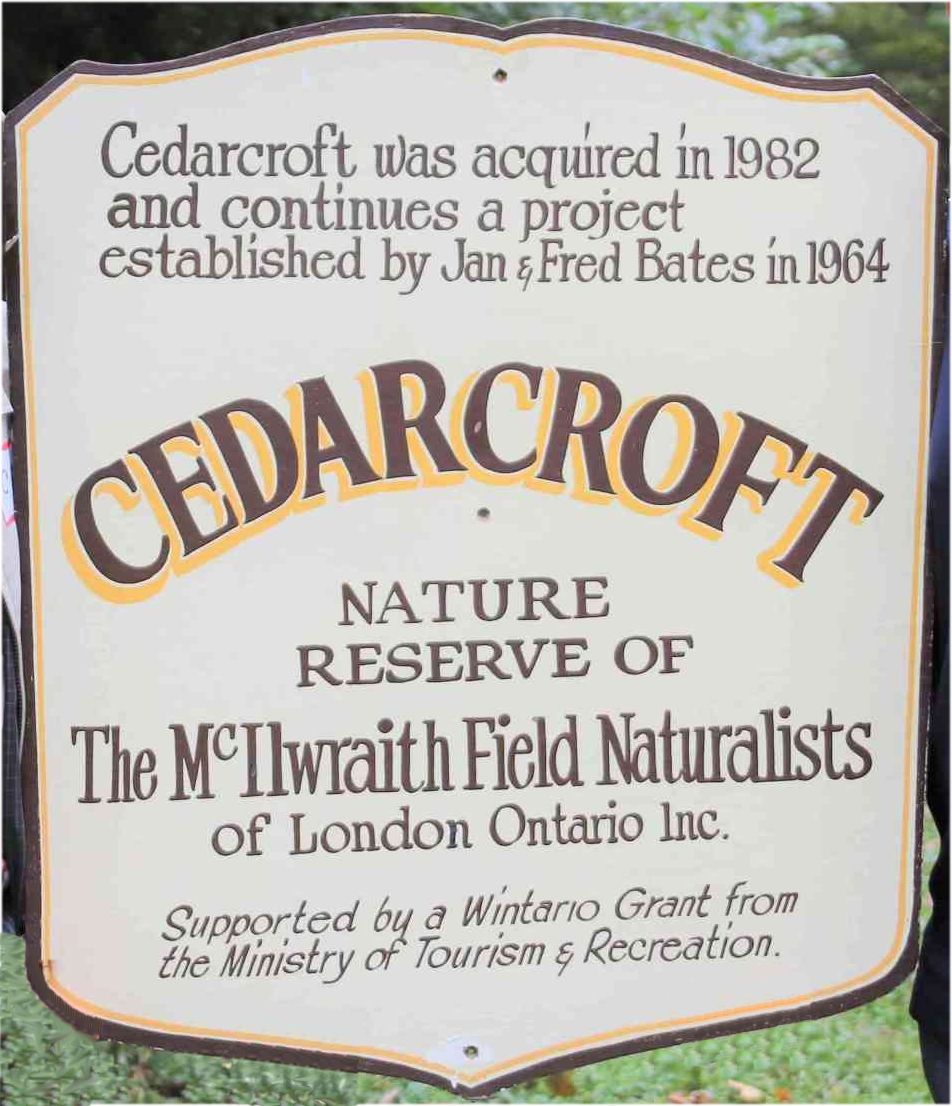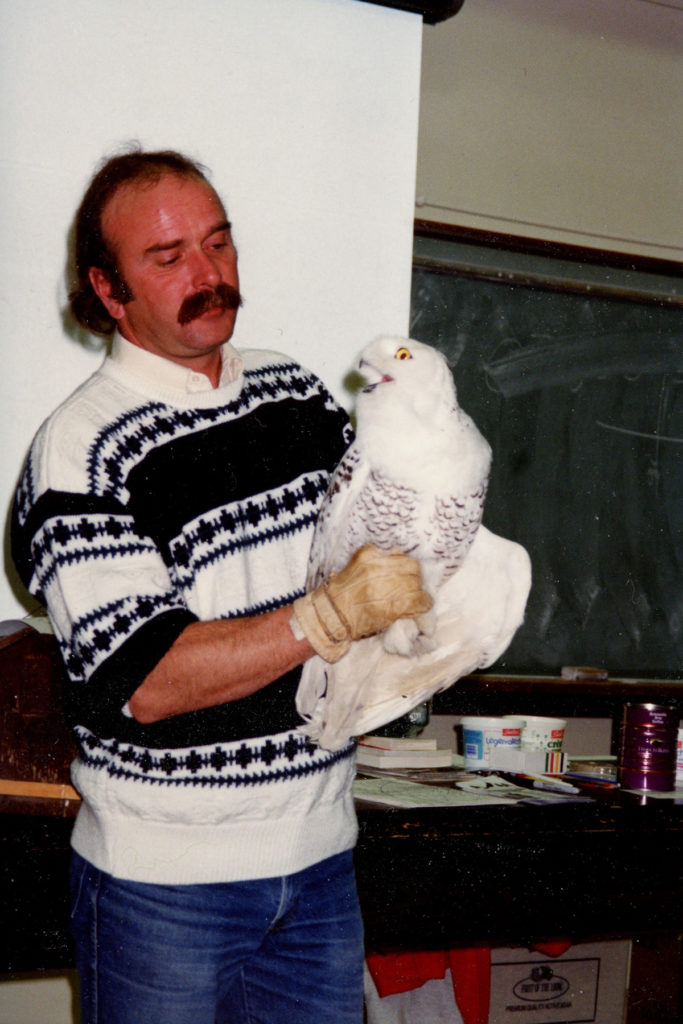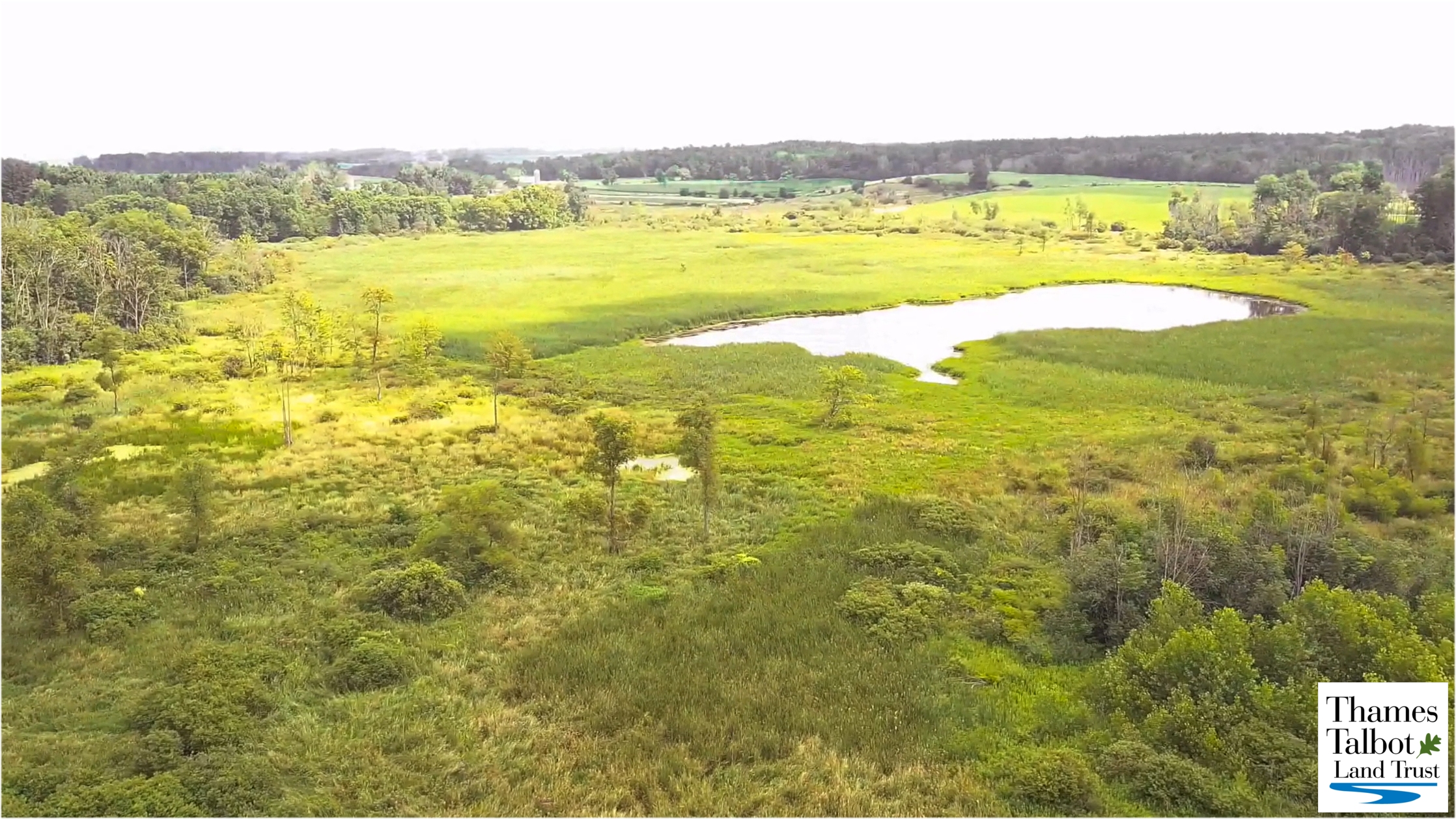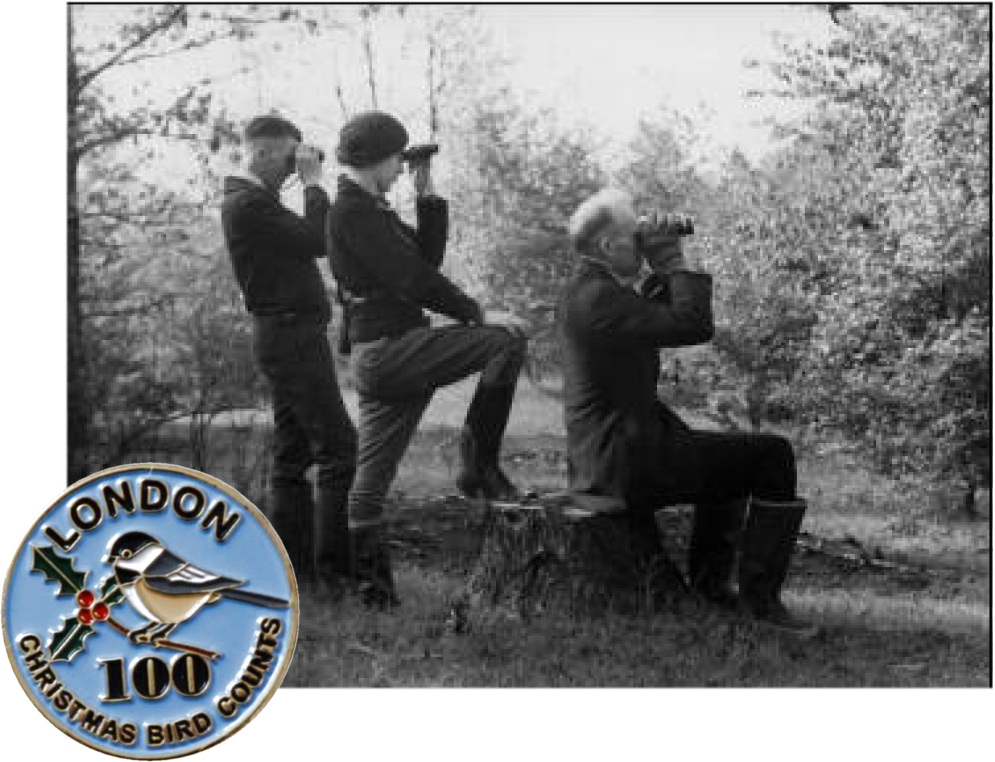A brief pictorial summary of Nature London’s history appears below. More information may be found in the presentation Selected Highlights from Our History consisting of 58 slides (pictures and text). A detailed account appears in the 64-page compilation of well-illustrated articles An In-Depth History of Nature London.
1864William Saunders, a young pharmacist who had a great interest in natural history, and several of his contemporaries organized the London Branch of the Entomological Society of Canada. |
|
1890The Society formed four study groups or “Sections” in London:
The Ornithological Section is the precursor of Nature London. The first chair of this section was W.E. Saunders, son of William Saunders. |
|
1902The Ornithological Section was renamed the McIlwraith Ornithological Club (MOC). The name honoured Thomas McIlwraith of Hamilton, noted ornithologist. McIlwraith was the author of Birds of Ontario first published in 1886. |
|
1915After a pause in formal meetings of the study sections, the McIlwraith Ornithological Club was officially reorganized. Indoor meetings have taken place on a regular basis ever since. |
|
1923The club made its first proposal for establishment of a Bird Sanctuary at Westminster Ponds. |
|
1931The McIlwraith Ornithological Club is one of the founding groups of the Federation of Ontario Naturalists (now called Ontario Nature). W.E. Saunders became the first President of the Federation. |
|
1951Flight Number 1 of The Cardinal, the McIlwraith Ornithological Club’s magazine, is published in April 1951. It has been published quarterly since. |
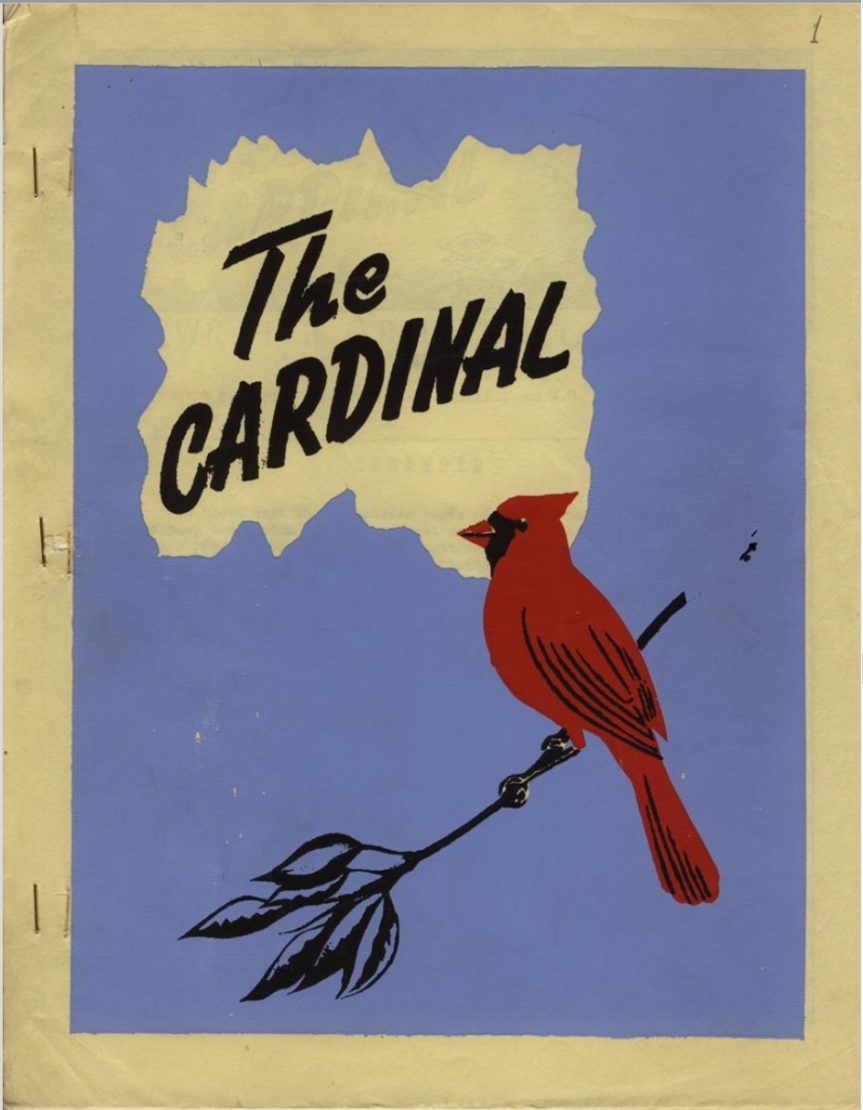 |
1965The club changed its name from McIlwraith Ornithological Club to McIlwraith Field Naturalists’ Club (MFN). |
|
1982MFN purchased the first parcel of land for the Cedarcroft Nature Reserve. It was later expanded to 11 hectares in 1986. |
|
1988MFN launched the Birding Wing. |
|
2000MFN played a key role in the founding of the Thames Talbot Land Trust, an organization that actively works to protect, conserve, and restore nature within Elgin, Middlesex, Oxford and Perth counties. |
|
2006The “Nature in the City” series started, in partnership with London Public Library. Six nature themed talks take place each winter. |
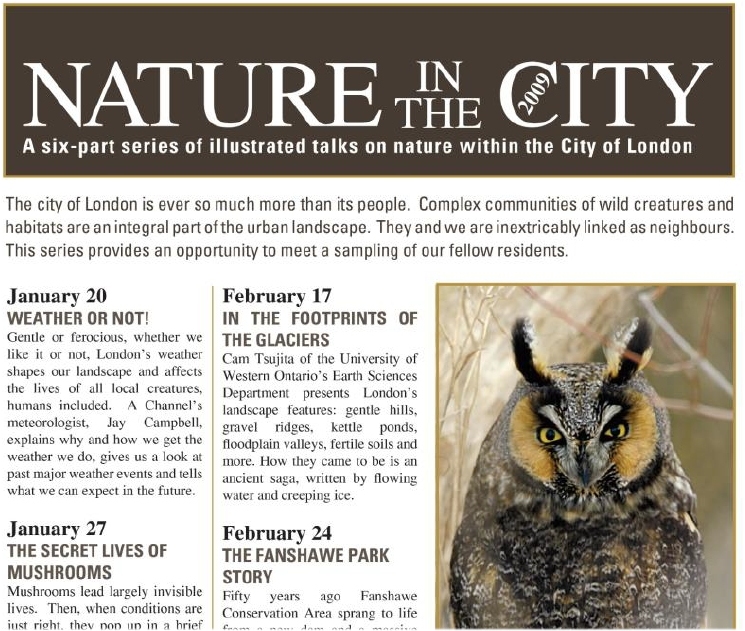 |
2008London’s 100th Christmas Bird Count took place. The first count on December 23, 1909 was organized by two high school students. After the reorganization of the McIlwraith Ornithological Club in 1915, the group has coordinated the London count every year. |
|
2009McIlwraith Field Naturalists adopted a new operating name Nature London. |
|
2014Nature London celebrated its 150th anniversary. |
 |

